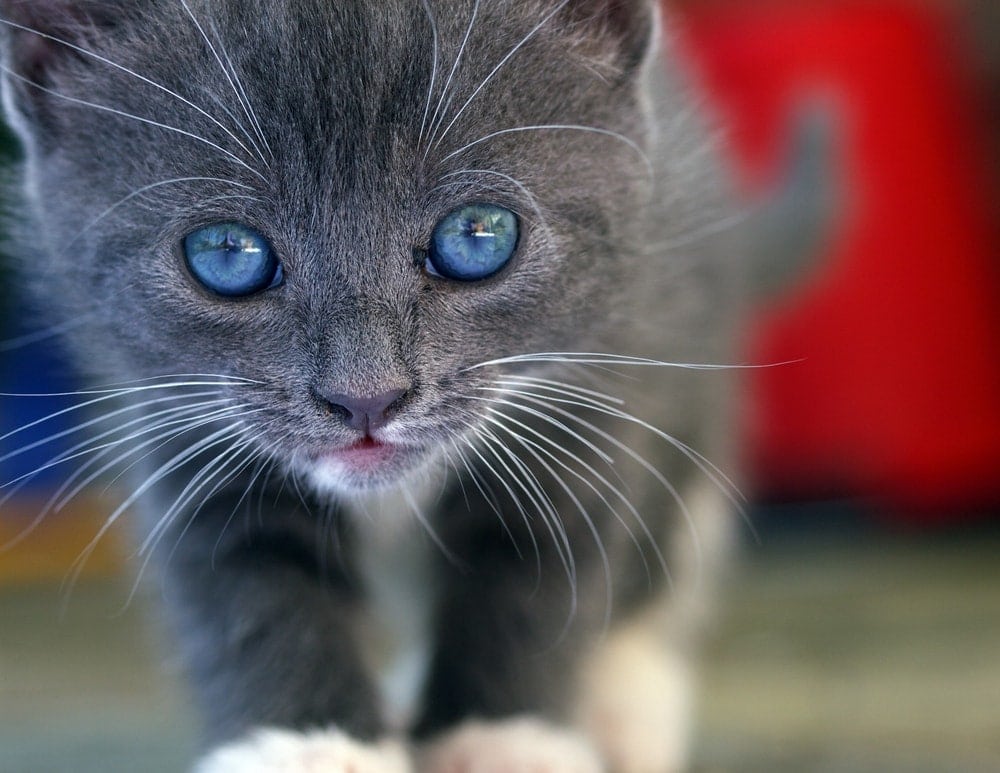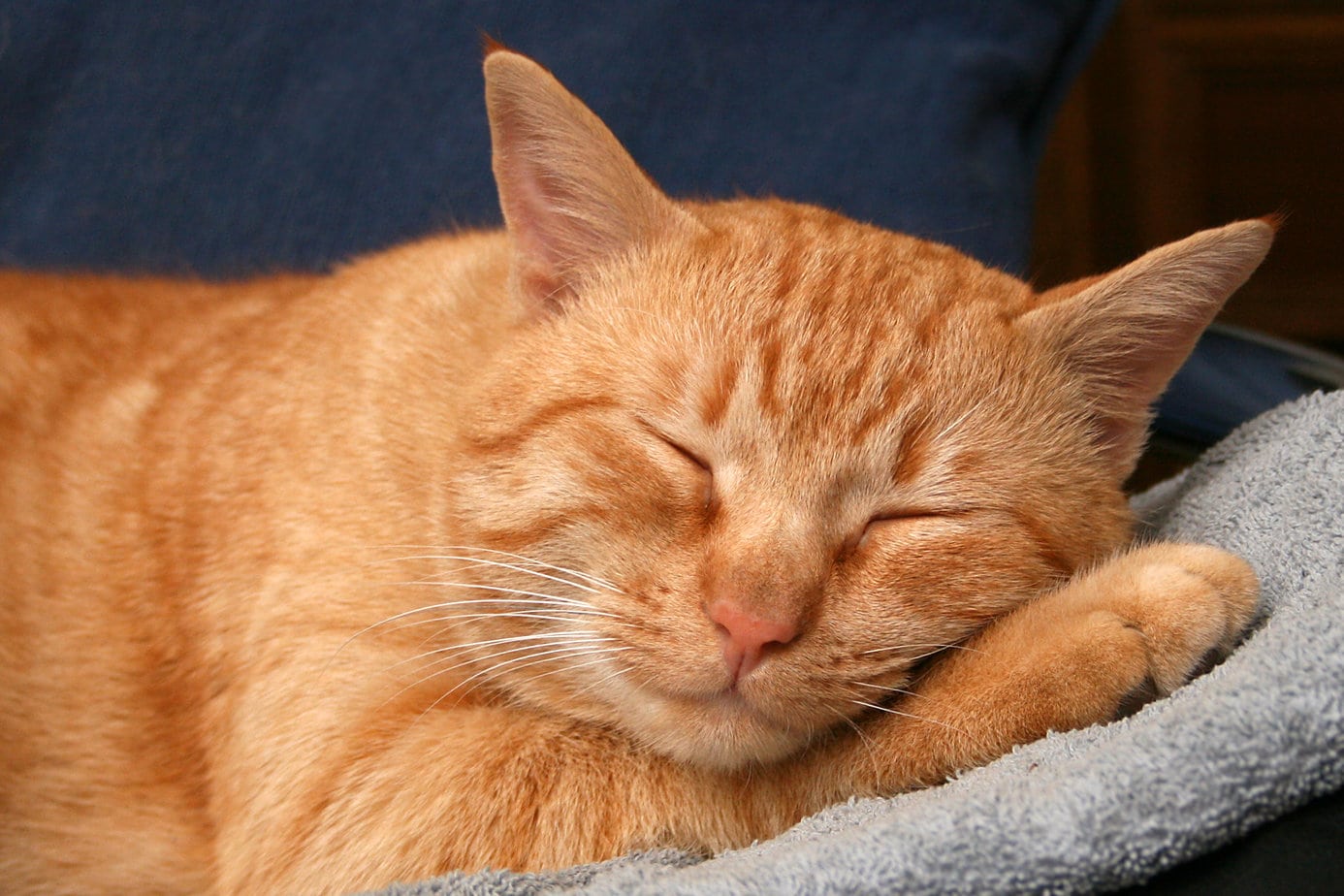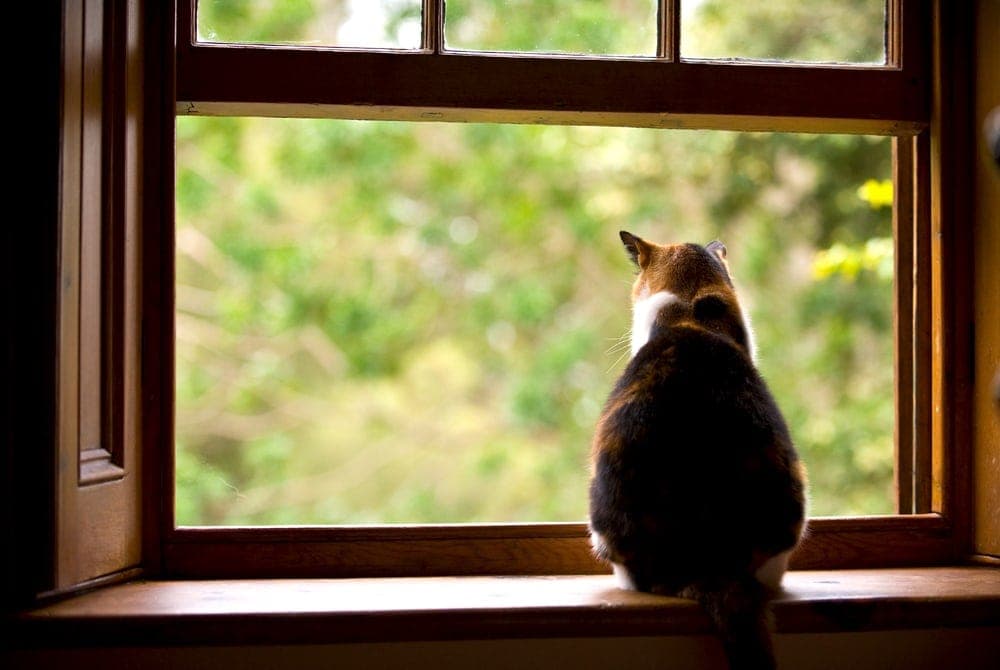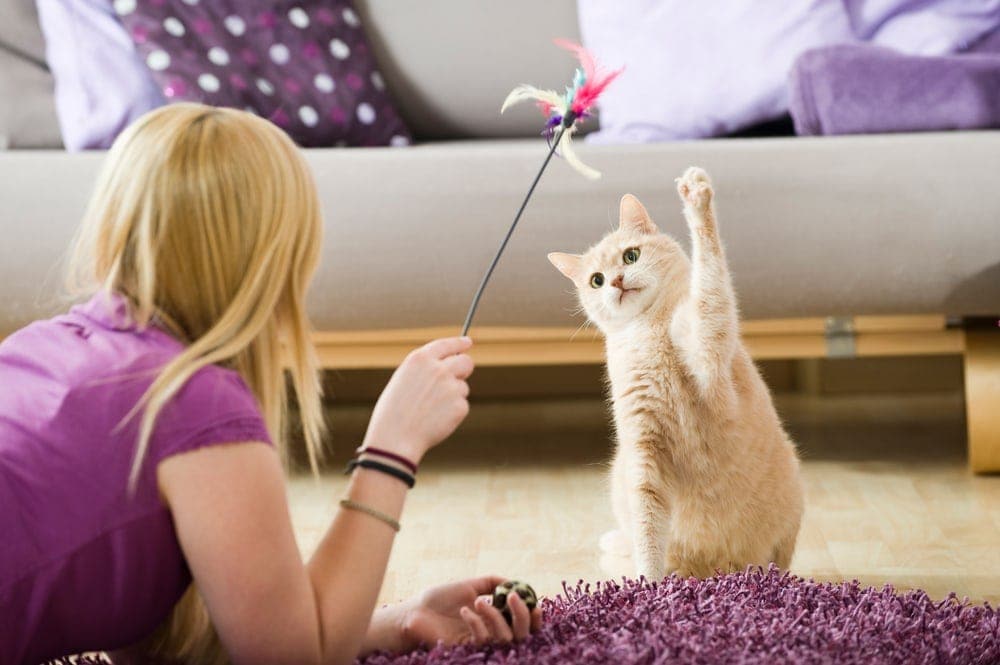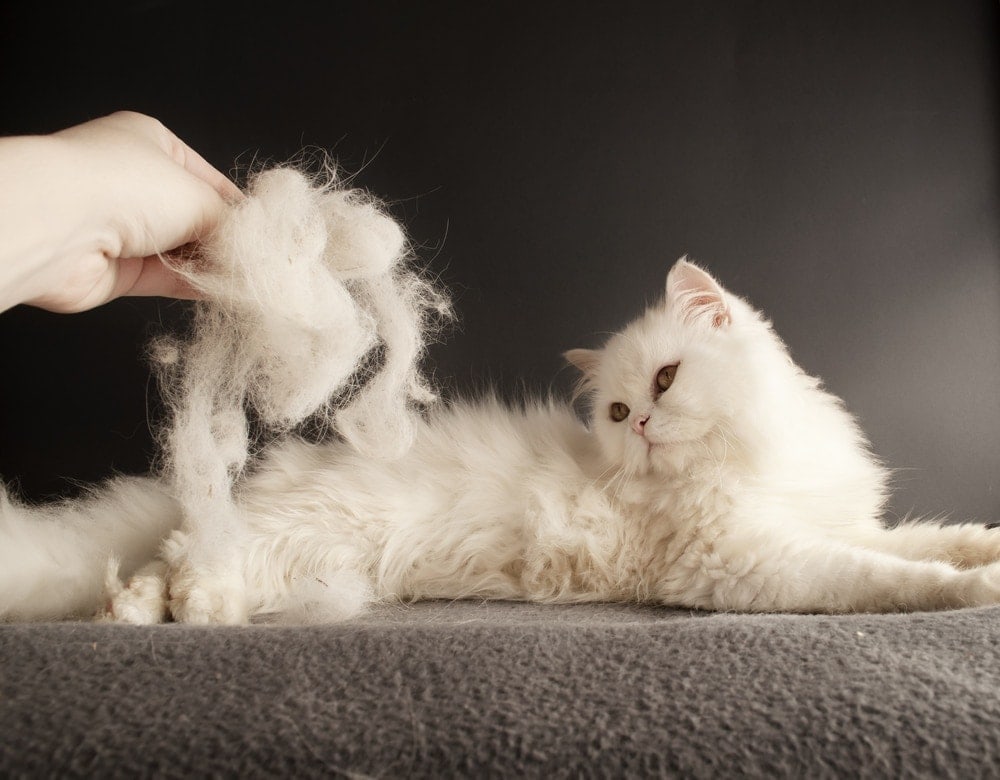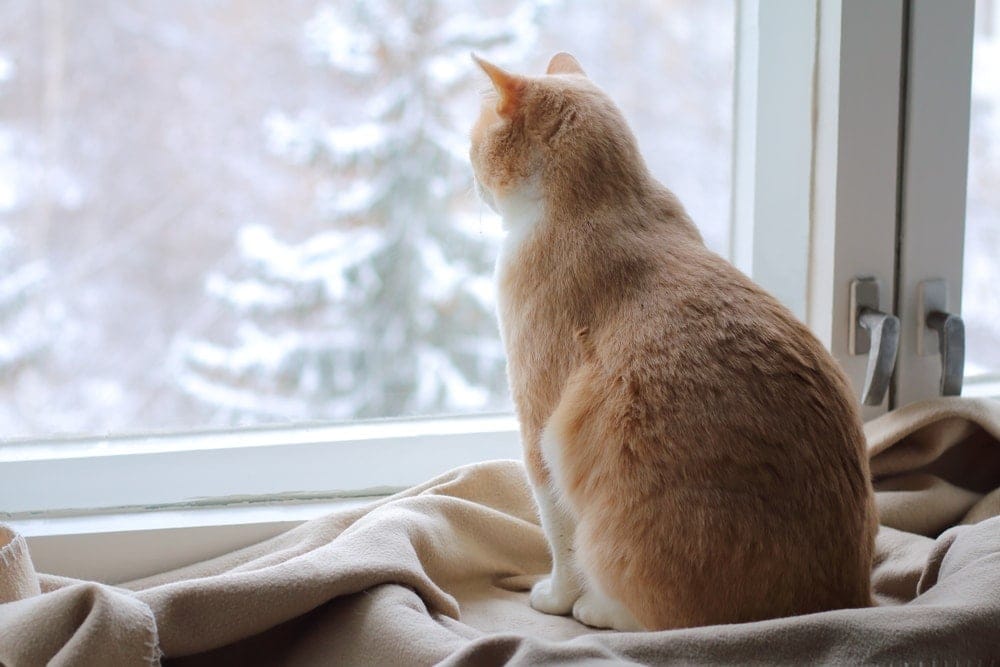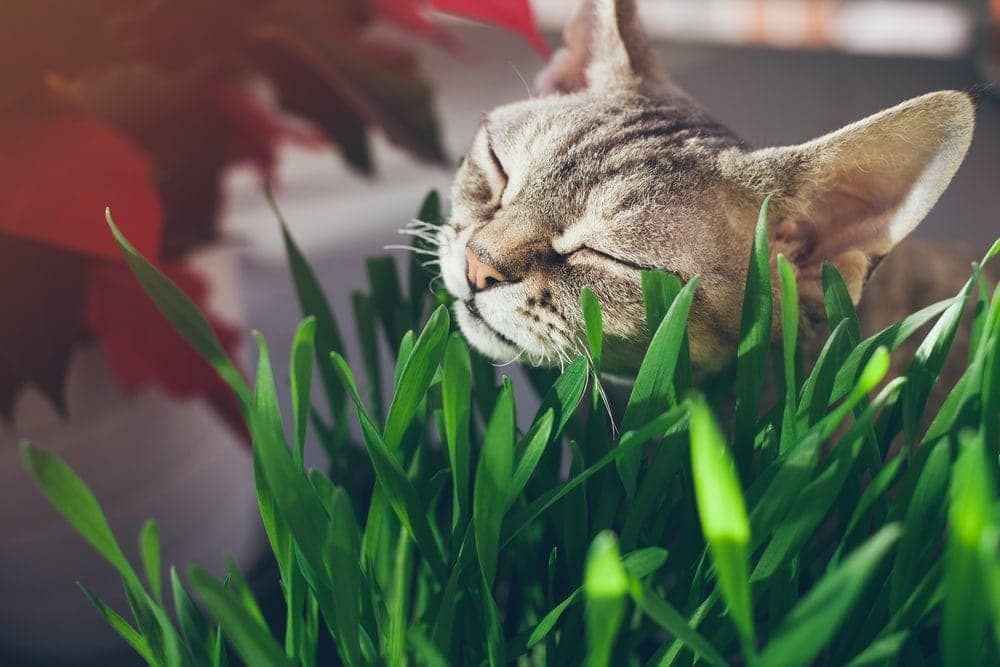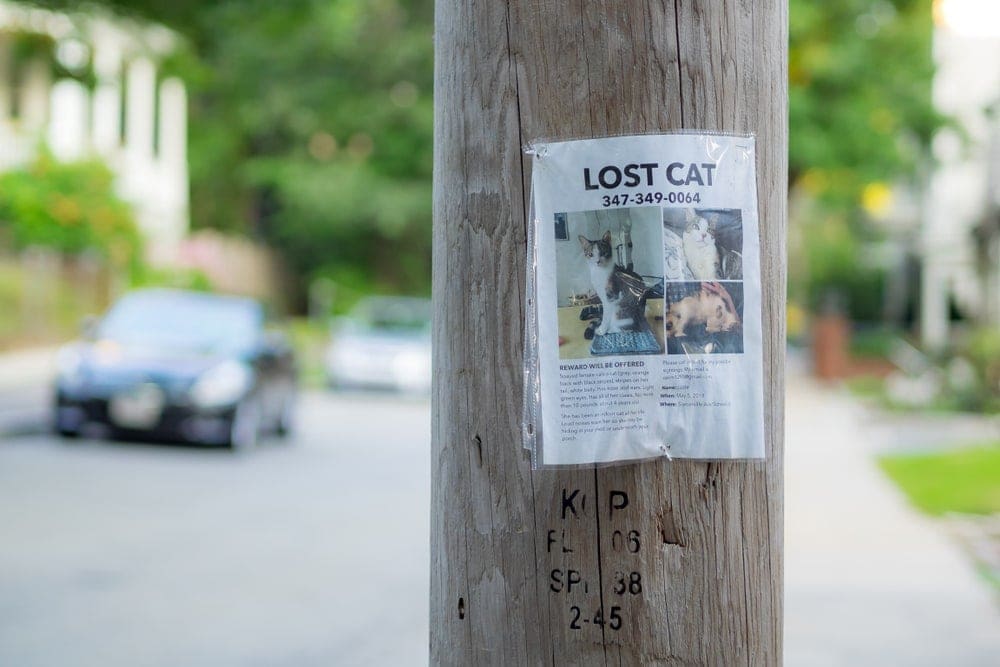All kittens are born with blue eyes, but this often changes as they get older.
A cat’s eyes are very expressive and can tell you a lot about how they are feeling. If you have a new kitten, you’ll definitely want to learn about this.
The First Month of Your Kitten’s Life
A cat’s eyes are closed shut entirely when it is firstborn. Kittens don’t even start to open their eyes until they are a week to ten days old. Once your newborn kitten opens its eyes, you will notice that they are blue.
As your cat gets older, you’ll likely see their blue eyes become increasingly pale. It is perfectly normal and common for a cat’s eyes to change color as they mature. Their vision doesn’t really start to develop until they are a full-month-old.
The reason that kittens are born with blue eyes is that they haven’t started producing any melanin yet. Blue eyes in cats mean that the iris contains little to no melanocytes.
When Do a Cat’s Eyes Start to Change Color?
You will begin to notice a change in your cat’s eye color around six weeks old. The cat’s iris, which is part of their eye that contains the color pigments, takes several weeks to mature. The quantity of melanocytes in it is ultimately determined what color their eyes will be.
There are a number of colors that your cat’s eyes could end up being, including orange, green, yellow, brown and even gray.
Even an adult cat’s eyes can change over time, though it is pretty rare. You should know what color their eyes will be by the time they are two months old.
Cats With Blue Eyes
There are certain cat breeds that are more likely than others to retain their blue eyes. You will still likely see a change in the depth of the coloration over time though. Some of the breeds that are likely to keep their blue eyes include the Ragdoll, Snowshoe, Tonkinese, Balinese, Himalayan, and Birman.
Some cats that have blue eyes have partial albinism, which is the result of a genetic mutation. For example, colorpoint cats are known for having blue eyes for this reason. You can always tell the difference between a white cat and an albino cat by simply looking at their eyes.
Even cats that retain their blue eyes usually take on a different shade of blue eventually. This means that the shade of blue they are born with probably won’t last as they get older. Their eyes could become paler or more brilliant.
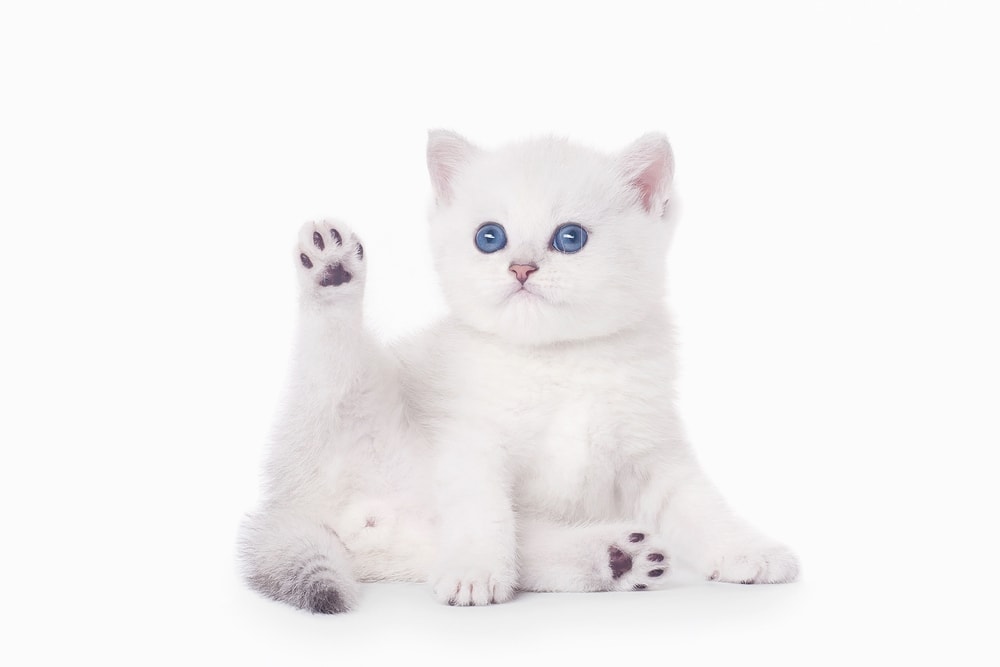
Predicting Your Cat’s Eye Color
One of the best ways to predict what your cat’s eventual eye color will be is to consider their parents. If you know what color eyes the kitten’s parents have, you can get a better idea of what to expect.
You should keep in mind that some cats end up with eyes that are a completely different color than either of their parents. Genetics makes things predictable, but only to a certain extent. There is no surefire way to predict the eventual color of your cat’s eyes.
White Cats With Blue Eyes
A significant percentage of white cats that end up with blue eyes as adults are deaf. This is because the cells that affect pigmentation also affect the functionality of the inner ear. Around forty percent of white cats that have blue eyes as adults cannot hear at all. Some of these cats are partially deaf though.
Eye Problems in Cats
There are a number of eye problems that cats can develop throughout their life. It is important that you are aware of these issues so you can get your kitty the treatment it needs.
It is not at all uncommon for kittens to get eye infections, which can become quite serious without immediate treatment. A course of antibiotics prescribed by your veterinarian should clear the infection up nicely. The most common signs of an eye infection are discharged from the eye and general redness/irritation.
Cats sometimes sustain injuries to their eyes, which can open them up to infection. This can happen from playing with each other or running into something randomly. If your cat’s eyes are watering excessively, you should check for injuries.
It is also important to take your cat to the vet if you notice any lumps or bumpy areas near their eyes. This could indicate cancer or some other issue entirely. The sooner you get them checked out by a vet, the better off they are going to be.
Some cats are born with a condition or mutation that adversely affects their eyes. This is something that your vet should pick up on during a routine examination. You will need to get your kitten to the vet for a checkup shortly after it is born.
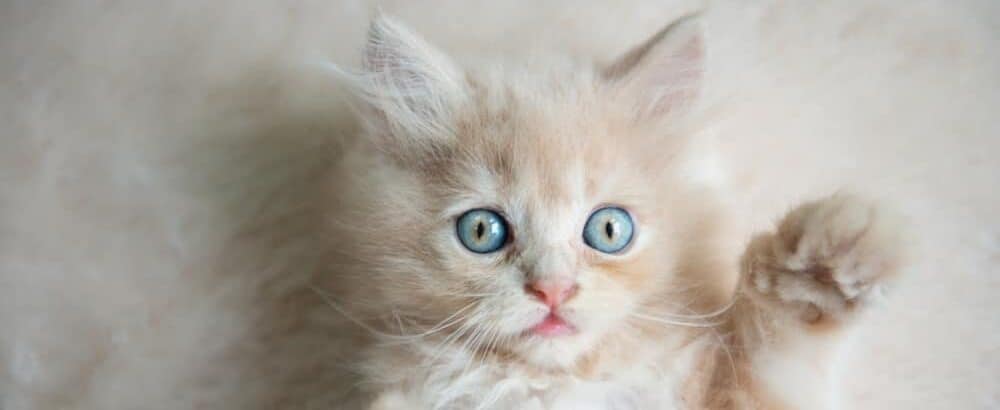
One Blue Eye
There are also cats with just one blue eye, which is a condition known as heterochromia. There are certain cat breeds that are more likely to be born with this, including Sphynxes, Persians, Japanese Bobtails, and Scottish Folds.
Conclusion
- Cats cannot even open their eyes until they are about seven to ten days old.
- When your cat opens its eyes, you will notice that they are a shade of blue.
- A cat’s eyes will often change color as they get older, turning from blue to yellow, green, brown or gray.
- You should know which color your cat’s eyes will be for the rest of their life by the time they are two months old.
- Even an adult cat’s eyes can continue changing color, but it is pretty rare.
- Around forty percent of white cats that retain their blue eyes end up being partially or even fully deaf.
- The best way to predict which color eyes your cat will have is by looking at the color of their parents’ eyes.
- Some cats are born with a genetic condition called heterochromia, which means one eye is blue and the other is a different color.
